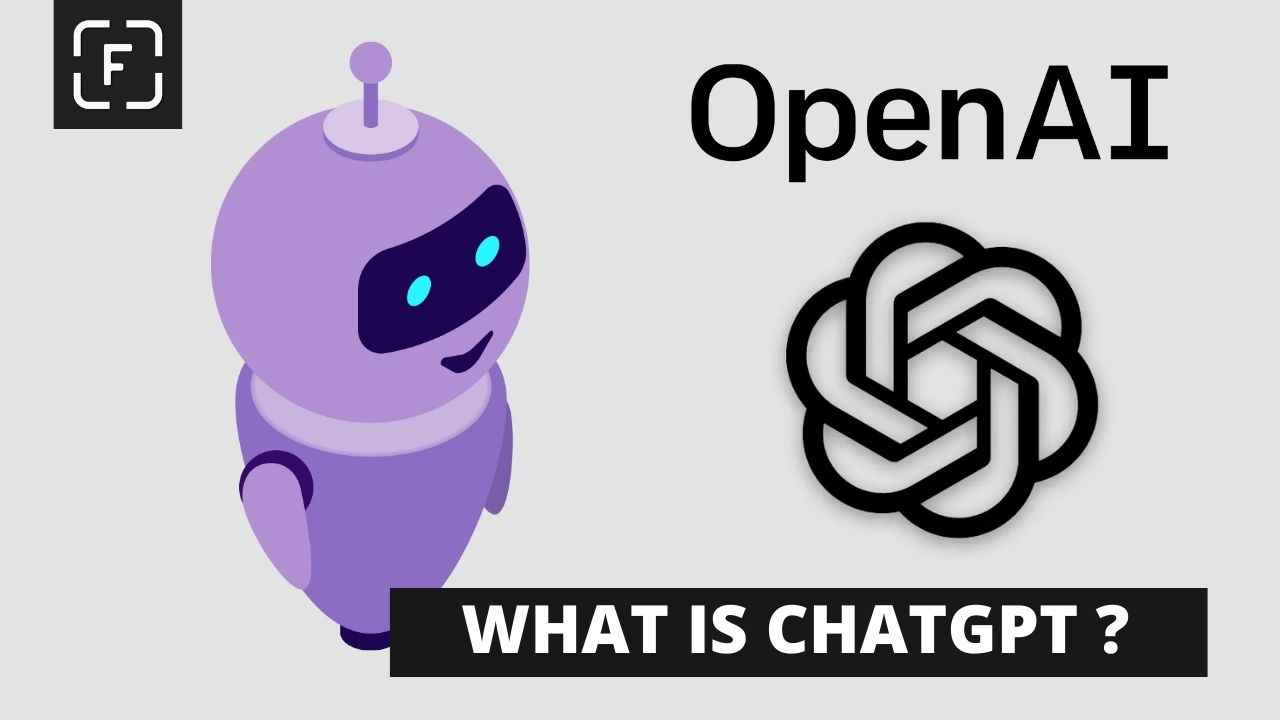What is Web 3.0? Advantage, disadvantage and how does it work?
This article will clear your doubt about a trendy buzzword in the tech world: Web 3.0. We will learn about web 1.0 , web 2.0 and web 3.0, problems within web 2.0, advantages and disadvantages of web 3.0, building blocks of web 3.0 and how web 3.0 works?
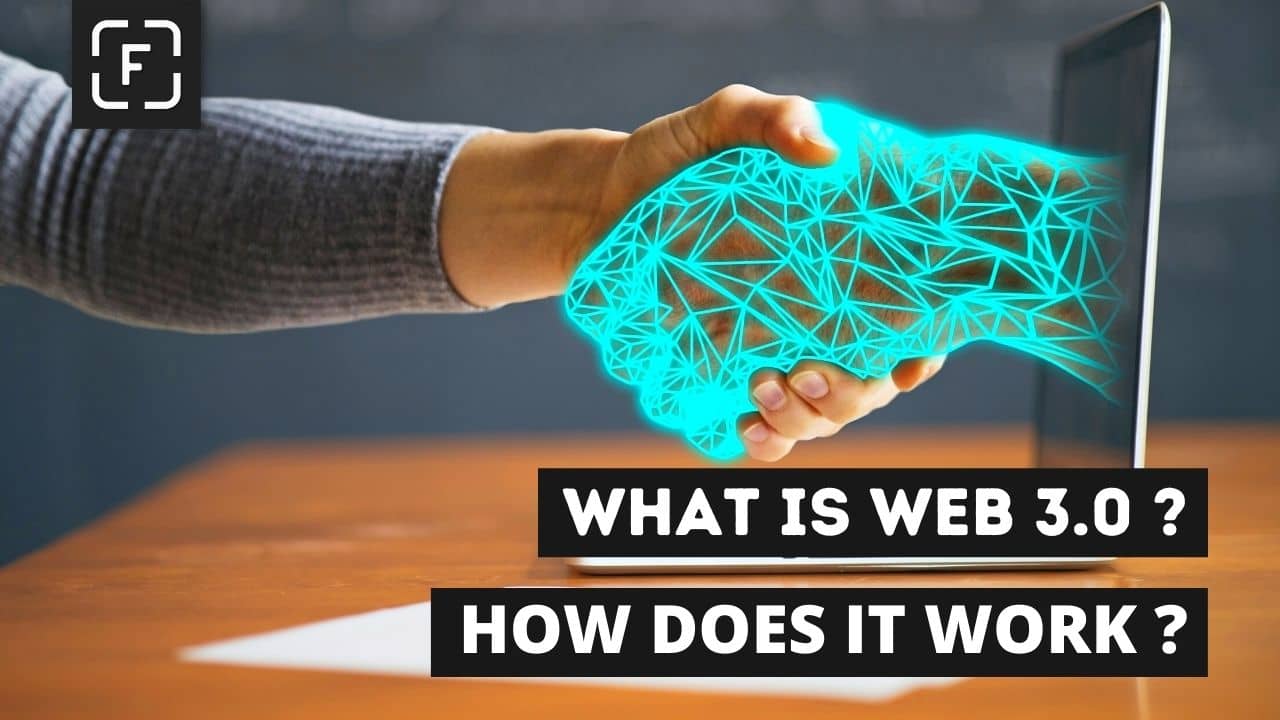
Technology has been rapidly evolving, especially since the birth of the internet on January 1, 1983. World Wide Web (WWW), the interconnected system of public web pages which is accessed through the internet, it is a game-changer to provide any information to anyone.
The web pages now are a lot different than in the early days. Hence came the naming web 1.0, web 2.0, and now web 3.0. So, what is web 3.0 exactly?
Web 3.0 is the third generation of internet technology for websites and applications, which will use technologies like Artificial Intelligence (AI), Machine Learning, Big Data, blockchain, etc., to process information from the web in an intelligent human-like way.
Web 3.0 is decentralized in nature and aims to provide anonymity and is more intelligent. (provides relevant results through open websites).
To fully understand the concept of Web 3.0, we need to go back in time for a minute and understand its predecessors' web 1.0 and web 2.0.
What is Web 1.0?
Web 1.0 was the first iteration of the web. It was a collection of static web pages linked to one another. You could only read the information on the web, not interact (like commenting, buying products and so on was not a thing).
Most users of web 1.0 were consumers of content and information. The creators were typically developers who built these static websites and pages that contained information served mainly in text or image format.
Web 1.0 lasted approximately from 1991 to 2004. It is a read-only web.
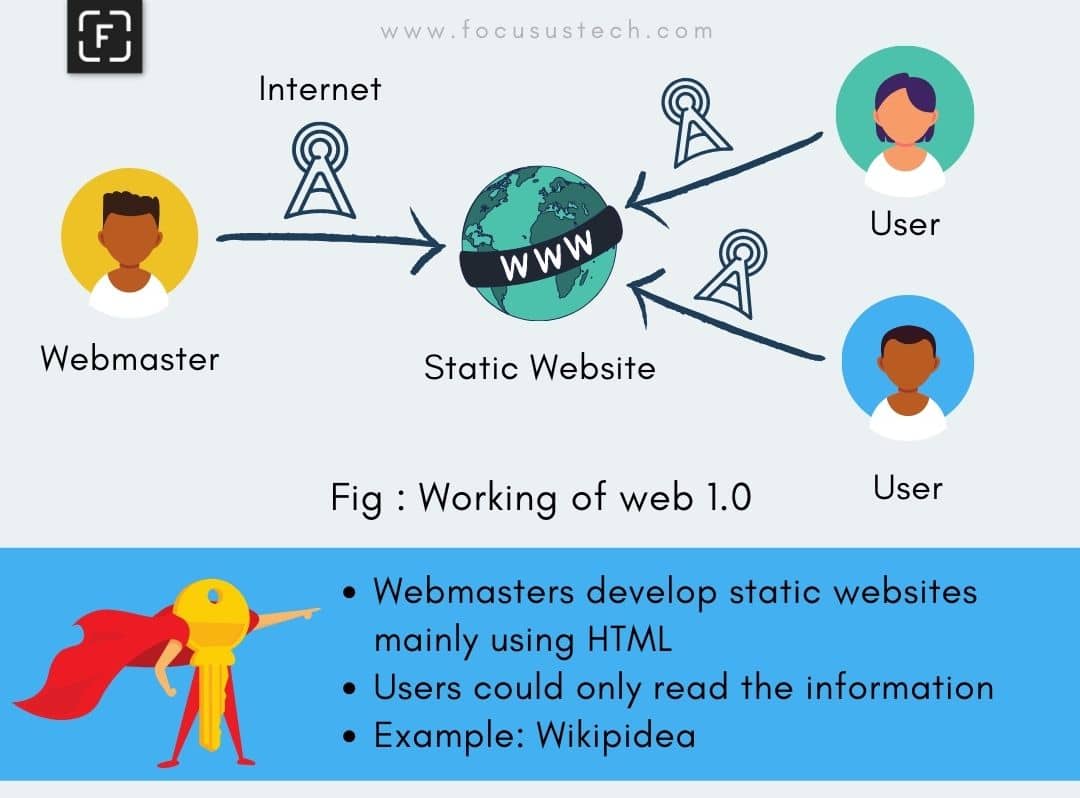 Figure : Working mechanism of web 1.0
Figure : Working mechanism of web 1.0
Three major technologies used in web 1.0 were:
- HTML (HyperText Markup Language) standard language to display text and images in web 1.0
- HTTP (HyperText Transfer Protocol) helped to transfer web resources from server to client (user) in web 1.0
- URL (Uniform Resource Locator) unique address used to identify each resource on the web 1.0
All three of these technologies are building blocks of the web and it's still used to this date.
What is 2.0?
Web 2.0 is the second iteration of the web. It refers to the web that we use today. Web pages based on web 2.0 are a lot more interactive, meaning a user can interact and do creatin tasks on a web page with the real-time response from the server.
Commenting on our website's https://focusustech.com/ blog is also an easy example as this website is dynamic and based on web 2.0.
Web 2.0 is so interactive because the web is viewed as a platform, and different complicated software applications are built upon the web.
Facebook, Youtube, Twitter and many other social networks are the perfect example of web 2.0. It enabled thousands of users to participate in content creation on various social networks, blogs and more.
Web 2.0 has lasted from around 2004 to now. It is a read-write web.
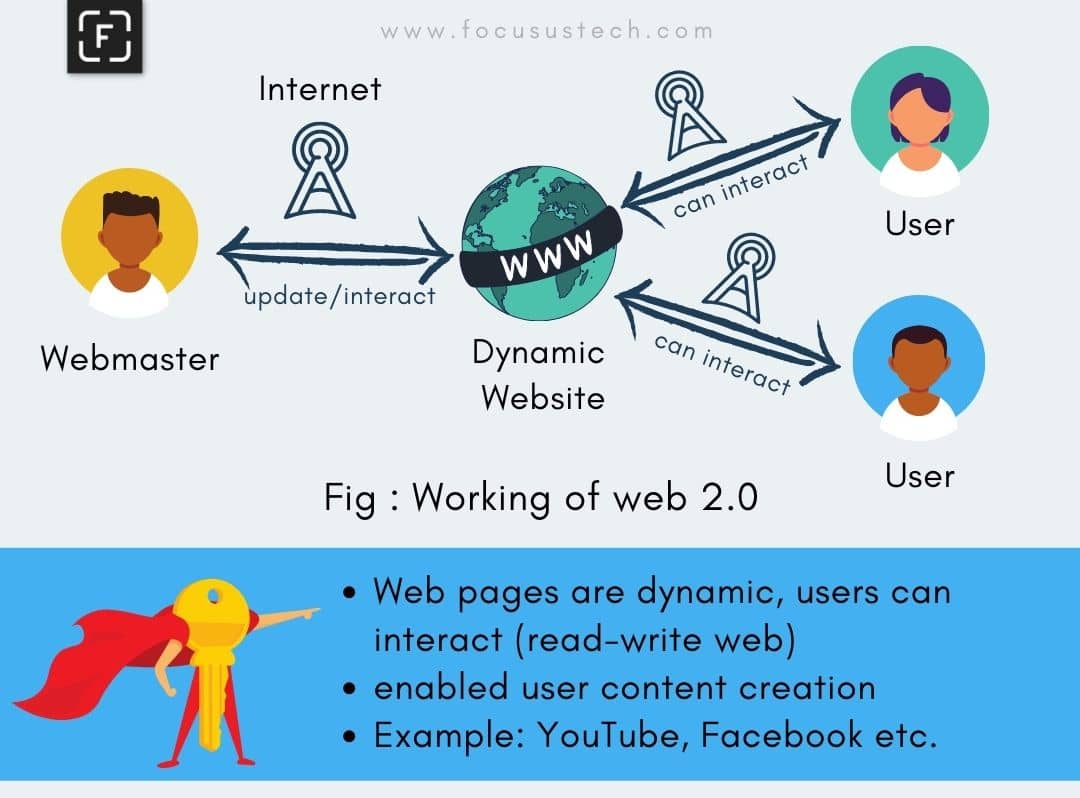 Figure : Working mechanism of Web 2.0
Figure : Working mechanism of Web 2.0
Major technologies used in web 2.0 are:
- HTML (HyperText Markup Language) : To give content for webpage
- CSS (Cascading Style Sheets) : To give a look, feel and style to webpage
- JS (JavaScript) : To add functionality to the webpage like alerts, real-time feedback, comments to the blog, etc.
- Cloud : To host complicated web applications on the web easily
- Smartphone: To easily and cheaply access web 2.0
What's wrong with Web 2.0?
Today's web seems like it's doing fine, but it isn't. Web 2.0 is very interactive with more and more user-created fresh content, so billions of people are into it.
Many web 2.0 provides personalized content for a particular user as well. For this, you need to create a separate account giving away your vital information. On top of that, these so-called platforms began to monitor everything a user does online, which is as scary as it sounds!
A few problems with Web 2.0 are:
- Data ownership: You don't have control of your own data online
- You need to give away your physical information.
- Only big tech giants control the internet. It's centralized.
- No transparency to what big companies are doing with our data. (data that you give while signing up, purchasing goods etc).
Web now is dominated by centralized so-called big tech companies like Google, Facebook(now Meta), Amazon, etc. Everyone is trying to build an audience and users, collect data and monetize that data through targeted advertising without users even realizing it.
On top of that several evidence has been found about Amazon's business vulnerabilities, Facebook/Meta illegally selling data, Google's data privacy issues, and unethical use of AI, which raises a security question.
Overall, the centralization, exploitation of data, and the use of data without the user's proper consent are the main reason to need web 3.0.
So, What is Web 3.0?
Web 3.0 is the next iteration of the web, which is set to revolutionize the web and the internet as we see it today. Web 3.0 mainly focuses on the core concept of transparency, openness, decentralization, and more excellent user experience. (Giving exactly what the user wants, relevant data and information.)
Web 3.0 is trying to solve almost all the defects of web 2.0. The digital identity of the user is not connected to the physical identity. Instead, you can use a cryptocurrency wallet that can easily let a user browse through the internet, buy products, download content and so on without trading your information such as credit card, name address, email etc.
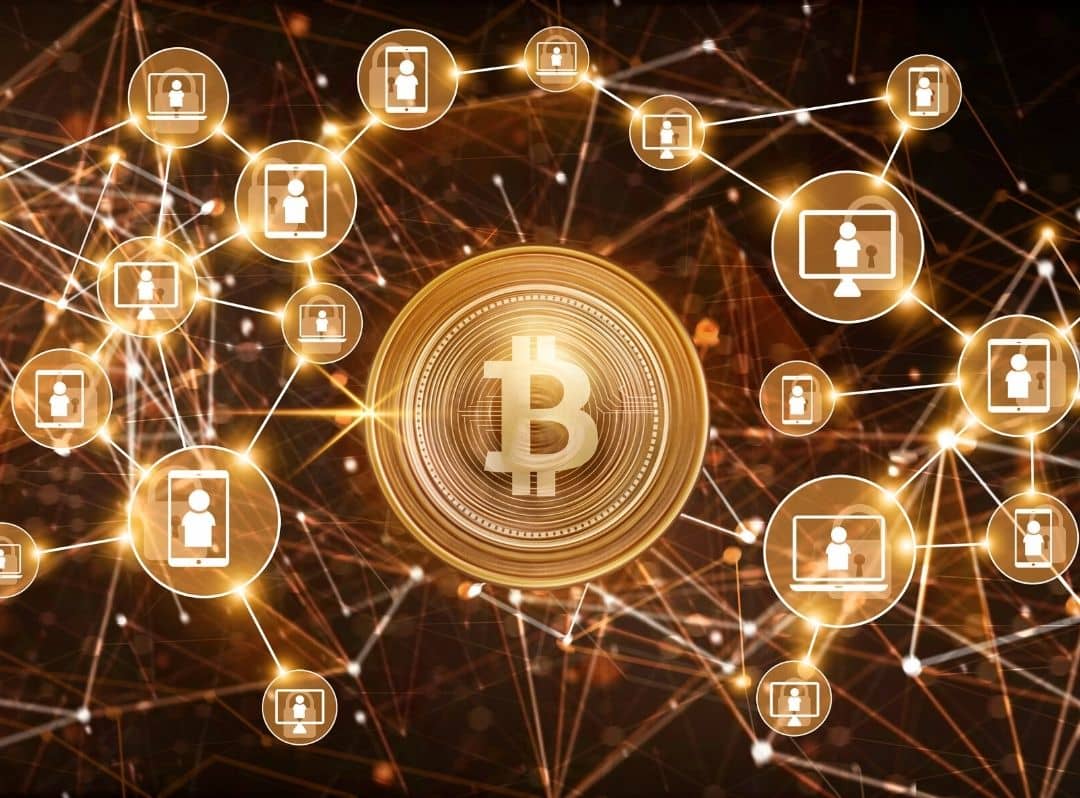 What is Web 3.0?
What is Web 3.0?
The primary backbone for Web 3.0 are:
- Artificial intelligence & Machine Learning
- Blockchain
- Cryptocurrency
- Decentralization
Artificial intelligence & Machine Learning
In basic terms, Artificial Intelligence refers to making machines think and act like humans. Meanwhile, machine learning helps machines improve automatically and make better decisions with the help of datasets and some Machine Learning algorithms.
This concept of Machine Learning is used on some level in search engines such as google, bing to predict your search term and correct the spelling correctly.
In Web 3.0, A.I and Machine Learning will play a massive part in making computers understand information similarly to humans and provide the best relevant result for a user. It will help to build a near-perfect semantic web by understanding the content and context of user input properly.
Blockchain
Blockchain is an essential foundation of web 3.0. It redefines the data structures in the back-end of the semantic web. Blockchain is a network of multiple servers (peer-to-peer nodes) working independently from different parts of the world.
The information recorded on blockchain technology is difficult or impossible to hack, alter, or cheat the system. It is because blockchain is decentralized, and there are many copies of the information on a network. Also, if one node is broken, the system will have no effect at all.
Blockchain will help to make an independent and transparent web for everyone.
Cryptocurrency
The problem with web 2.0 is that if you are to do certain transactions related to money, you need to trade your personal information.
Cryptocurrency completely removes this problem because it works as a medium of exchange through a computer network that is not reliant on any central authority, such as a government or bank, to uphold or maintain it.
Cryptocurrency is also based on blockchain technology, and it serves similar to the credit and debit cards of the banks. Cryptocurrency is stored in a wallet, and that wallet can be accessed through a wallet address or id without the need for your physical information.
Decentralization
In Web 2.0, webpages and applications are stored at a fixed location, generally on a single server controlled by big tech giants like Amazon, Microsoft, Google etc.
But in Web 3.0, web pages and applications reside on a decentralized network that simultaneously spreads over multiple locations.
The so-called big tech giants will no longer hold massive data of the user. In web 3.0, users will own their data.
Also, the data generated in web 3.0 can be stored across multiple devices such as laptops, appliances, vehicles, sensors, etc, which lies under the distributed network. Failure of one node does not affect another because of multiple copies of data.
Anyone can participate in Web 3.0 without authorization from a governing body.
How does an application work on Web 3.0?
Currently in Web 2.0, building a web application involves a user-friendly interface known as a front-end for users to interact. This front end is controlled by a back-end code which together is deployed in centralized servers like Amazon, Azure, etc.
But a web 3.0 web application runs in a decentralized network (lies on a blockchain) and is maintained by anonymous nodes on the web instead of big centralized hosting companies.
The back-end code of an application that contains all the logic (on how the web app will work) is written in something called smart contract.
Smart contracts are digital contracts stored on a blockchain that is automatically executed when predetermined terms and conditions are met.
However, front end structure in the web 3.0 app is similar to web 2.0 except for the user authentication part. Same technologies like HTML, CSS, JS and different frameworks can be used to make an attractive interface.
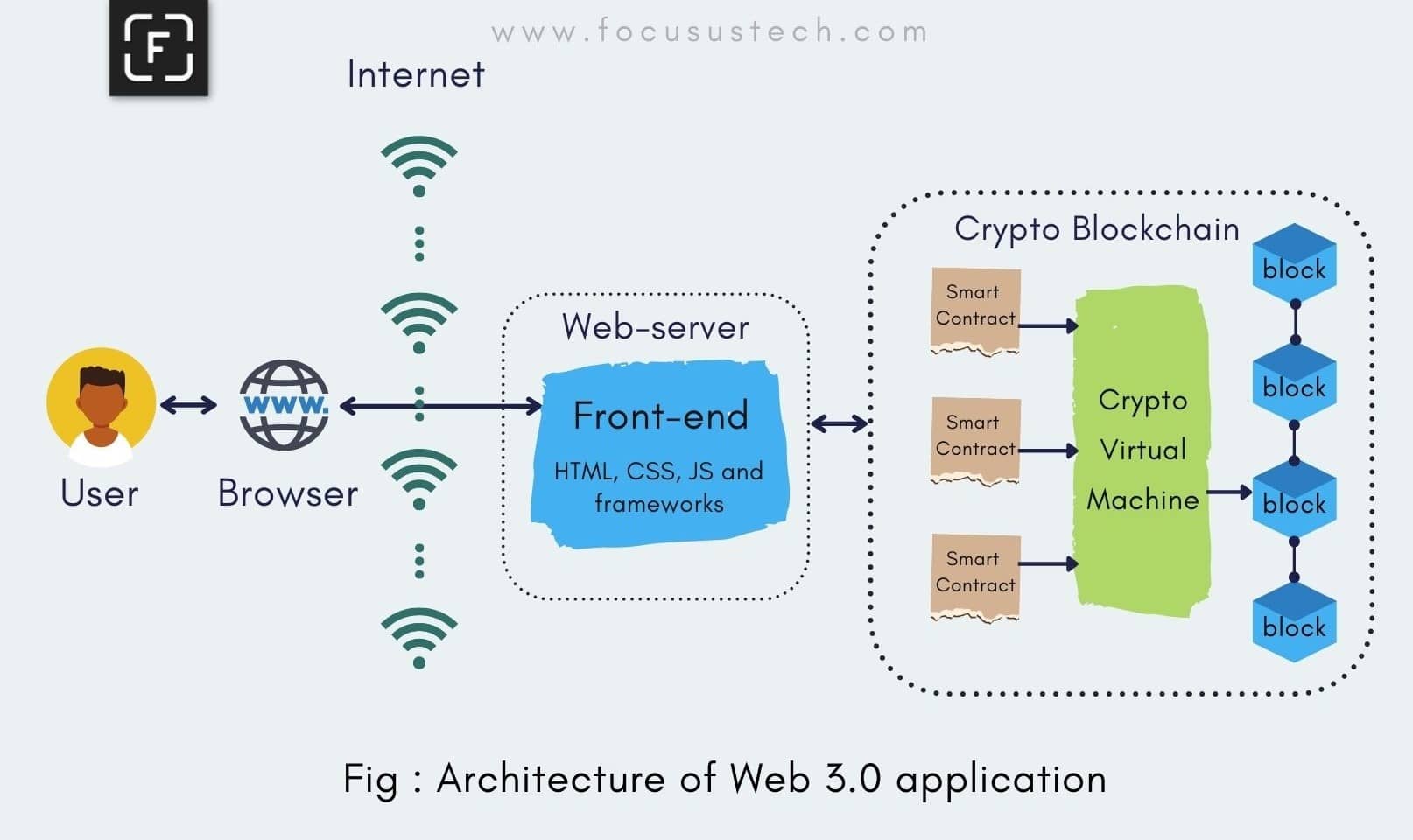 Figure : Architecture of Web 3.0 application
Figure : Architecture of Web 3.0 application
The username, password, email and so on that were used to authenticate a user in web 2.0 are no longer needed because every user will have a public wallet address that can receive payments and a private key that can assign a transaction to send payments.
Advantages of web 3.0
- End-user will have ownership of Information and Data
- Fewer or no Intermediaries (banks, big tech corporations etc,) = No Central Point of Control:
- Service is not interrupted because of distributed network
- Semantic web (Efficient, relevant searching and information linking)
- Transparent in nature
Disadvantages of web 3.0
- The need for advanced devices (because technologies such as blockchain, AI, and machine learning powers Web 3).
- The existing web ecosystem needs an upgrade.
- Difficult to regulate and make it mainstream (decentralization will lead to a power vacuum)
- Complicated for beginners
Final Verdict
Web 3.0 is the next web iteration that has not yet been implemented, so there is no solid or clear-cut definition. However, it intends to provide transparency, semantic web experience, uninterrupted services, ownership of data to users and much more.
Overall, you need to know that web 3.0 is an idea generated from many concepts that are not controlled by a single authoritative entity.
Tags
Comments
warning You need to Sign Up to Comment

